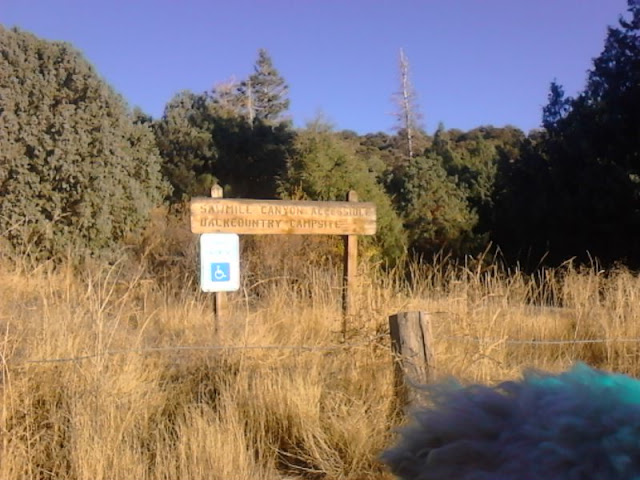Devil's Tower, Wyoming, USA,
[To clarify, there are columnar joints in Colorado; they are just not as spectacular as in those three places.]
The mechanism for creating these six-sided features is seen here where 'C' represents the center of each hexagon:
This two-minute geology video shows columnar jointing from the side and from the top in eastern Washington, USA. The accompanying one minute video shows what happened to a rock hammer atop those hexagonal features!
The columnar joints in Iceland have inspired architecture for a local church. I still think our first PEOTS field trip ought to be to Iceland.
More information about this hexagonal packing structure, including T- and Y- junctures, points toward a similarity to the optimally-packed honeycomb:
. . .and to mud cracks. . .
and to carbon rings in chemistry (benzene here):
and to . . .
Steph
P.S.
Hmmm, Ethiopia is likely ahead of Iceland in my travel plans, but Iceland is a close second. . .
The mechanism for creating these six-sided features is seen here where 'C' represents the center of each hexagon:
This two-minute geology video shows columnar jointing from the side and from the top in eastern Washington, USA. The accompanying one minute video shows what happened to a rock hammer atop those hexagonal features!
The columnar joints in Iceland have inspired architecture for a local church. I still think our first PEOTS field trip ought to be to Iceland.
. . .and to mud cracks. . .
and to carbon rings in chemistry (benzene here):
and to . . .
Isn't nature mesmerizing?! And more than she's cracked up to be!?
Steph
P.S.
Hmmm, Ethiopia is likely ahead of Iceland in my travel plans, but Iceland is a close second. . .















































